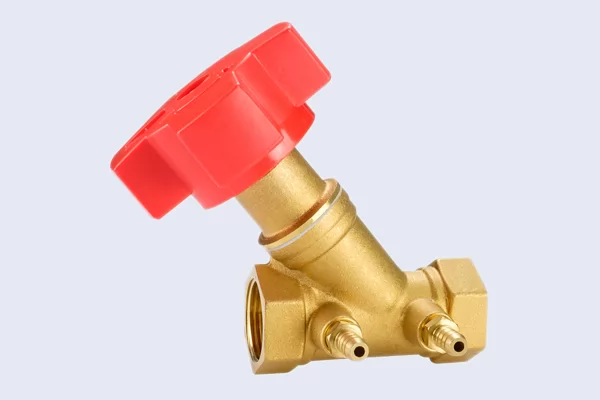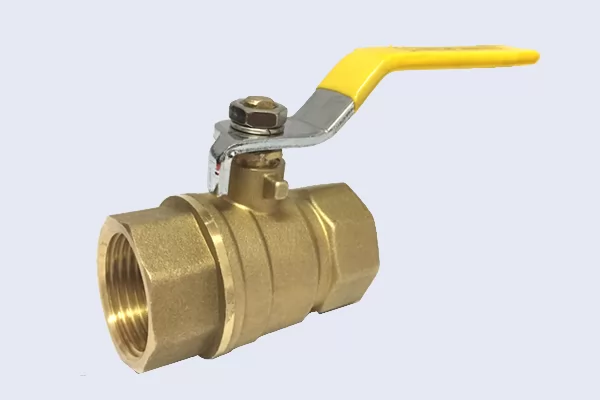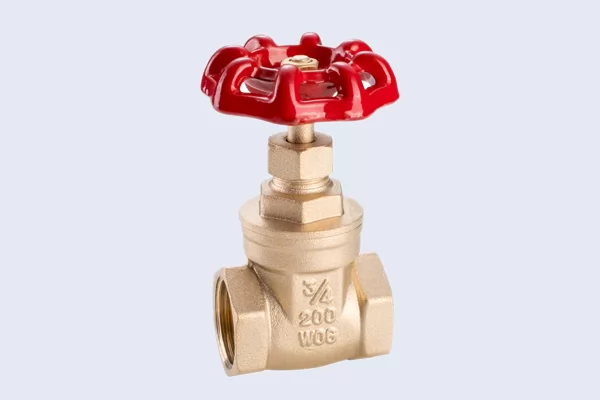Reliable and stable quality of brass valves comes from strict and comprehensive process control during production, Quality Control has to follow standard of requirements and inspection methods.Here below we'd like to share the quality requirements of brass valves and inspection methods of we NAFCO as a professional manufacturer of brass vavles for brass ball valves, brass gate valves, brass check valves, brass angle valves, radiator valves and brass fittings.
1. The quality requirements
Each standard puts forward relevant requirements for the quality of brass valves.
1.1 The chemical composition and mechanical properties of the brass valve body material meet the requirements of the relevant material standards.
1.2 The deviation of the shape and size of the brass valve casting meets the requirements of the drawings.
1.3 Brass valve castings non-machined surface should be smooth, smooth, non-stick sand, no oxide scale, no pores, no sand, no cracks and other defects. The cast mark is clear, and the gate and riser should be flush with the surface of the casting after cleaning.
1.4 The connection of each part of the brass valve should be firm and there is no looseness.
1.5 The results of the pressure test and sealing performance test of the brass valve comply with the requirements of the relevant test standards.
1.6 brass valve operation should be under the conditions of nominal pressure and specified pressure difference, the opening and closing operation should be free of jamming.
1.7 has a certain number of operations and service life.
1.8 has a large flow capacity (ie, the pressure loss at the brass valve is small after passing through the brass valve).
2. Inspection and test methods
2.1 Forging quality
The shape and size of the forging shall comply with the requirements of the technical drawings or the requirements of the purchaser. If there is no dimensional deviation requirement, the relevant provisions of JB/T 2580, GB/T 6414 and GB/T2121 should be applied to the materials. The minimum wall thickness, structural length deviation, and dam wear displacement margin of each part of the brass valve shall not be less than the requirements of the relevant technical standards or product drawings. Brass valve blanks and brass valves are pressed around the surface of the casing. There must be no defects such as cracks, cold partitions, sand and pores. The sand, gate, riser and scale on the surface of the casting should be removed. . The forging should be clear. The pressure-bearing shell shall be tested in accordance with the nominal pressure of 115 times the GB/T 13927 standard. The result shall be no visible leakage and no structural damage. The chemical composition and mechanical properties of castings are in accordance with the requirements of GB/T 12225, GB/T 12226, GB/T 12227, GB/T 12229 and GB/T 12230.
2.2 pressure test
The pressure test is the most basic test for brass valves. Each brass valve is pressure tested before leaving the factory. The test pressure and duration are in accordance with the provisions of GB/T13927. The test items include shell test and seal test. When the brass valve has the upper seal structure, the upper seal test is also required. During the test, external forces that affect the test results shall not be applied to the brass valve. The test pressure shall remain unchanged during the holding and testing. When using liquid as the test medium, the air inside the valve body should be excluded. The brass valve should be closed in the manner given by the design. The relevant standards of the test are GB/T 13927, MSS SP61, ISO 5208, DIN 3230, API598, NFM 872401, ANSI B16134, J IS B2003, BS 5417 and BS 6755.
2.3 Shell Strength test
The shell test of the brass valve is a pressure test of the entire brass valve housing that is connected to the valve body and the valve cover. The purpose is to check the tightness of the valve body and the bonnet, that is, the pressure resistance of the entire housing including the connection between the valve body and the bonnet. Brass valves are not allowed to be painted and other leak-proof coatings are allowed prior to shell testing. When the user checks the stock brass valve, the existing coating is no longer removed. For shell test requirements, the casing shall not leak at the joint between the valve body and the valve cover, and there shall be no structural damage.
2.4 Leakage tightness test
The seal test is a test to verify the performance of the opening and closing parts and the valve body seal pair. The sealing test is divided into a high pressure liquid sealing test and a low pressure gas sealing test. Prior to the seal test, in addition to the grease-sealed brass valve, the oil on the seal surface should be removed, but the viscosity is allowed to be no greater than the no-protecting. During the test, the brass valve that regulates the flow direction of the medium is pressurized in a predetermined flow direction, and the check valve is pressurized from the outlet end.
--------- The End ----------
This article is presented by NAFCO, all copyrights reserved.
NAFCO is a quality China brass valve manufacturer and supplier, with full line of brass valves China for your selection, such as brass ball valves, brass gate valves,brass radiator valves, brass angle valves, as well as relevant brass fittings. Please don't hesitate to contact us for any questions at support@acrofluid.com.
More articles of brass valves that you may be interested:
● 20 Precautions for Brass Valve Installation
● What Is Thermostatic Valve and How to Select









